-
Geoffrey Joe wrote a new post 4 years, 12 months ago
Swine Dysentery has long been recognised as a major disease of pigs throughout the world and can be seen in all types of pig keeping operations. The causative bacterium is identified as Brachyspira h […]

-
Geoffrey Joe wrote a new post 4 years, 12 months ago
Poultry farming has rapidly grown in the country and across the world, with thousands of people keeping birds for commercial purposes. However, as the venture grows, consumer tastes are changing, with many now […]
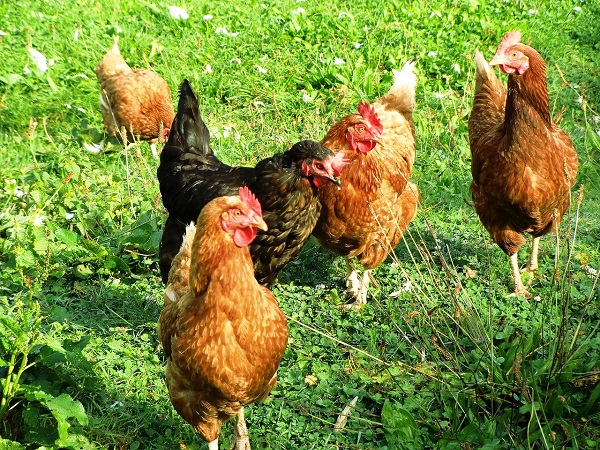
-
Geoffrey Joe wrote a new post 4 years, 12 months ago
It should be noted that rabbit urine can be used in two ways, as a foliar fertiliser and as a pesticide or insecticide.
When used as an insecticide, a farmer would be required to mix two litres of concentrated […]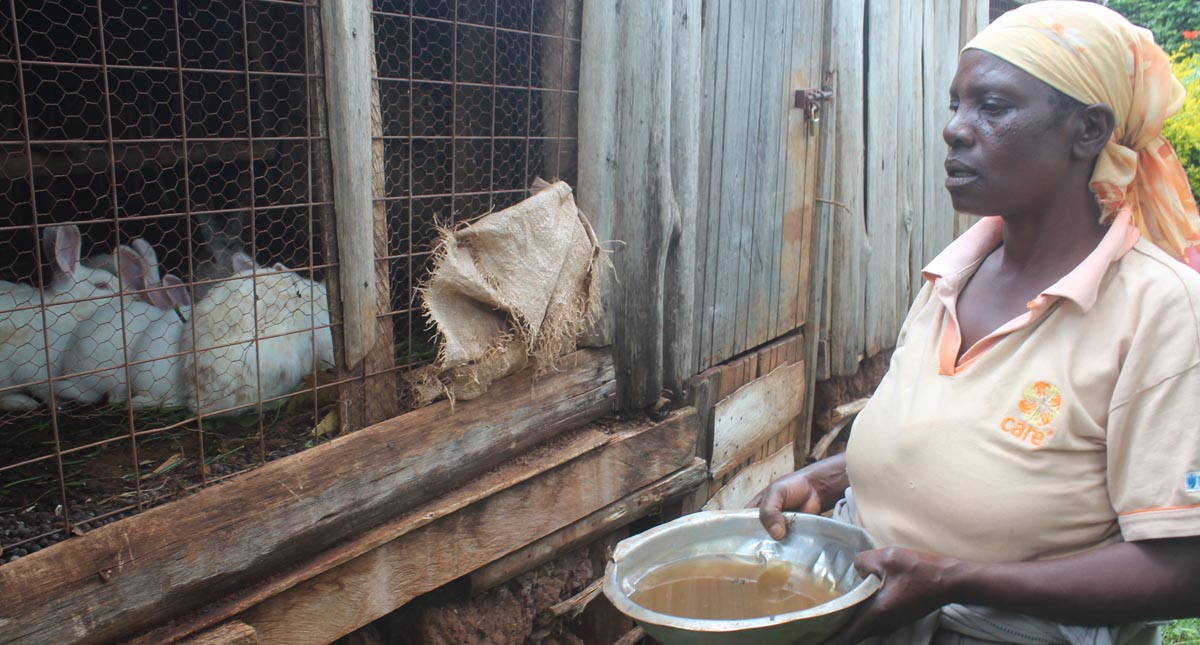
-
Geoffrey Joe wrote a new post 4 years, 12 months ago
The ability to detect heat cycles among your cows and heifers is invaluable if you want to ensure your herd’s reproductive performance. Failure to detect when cows are in heat and breeding cows that aren’t in hea […]
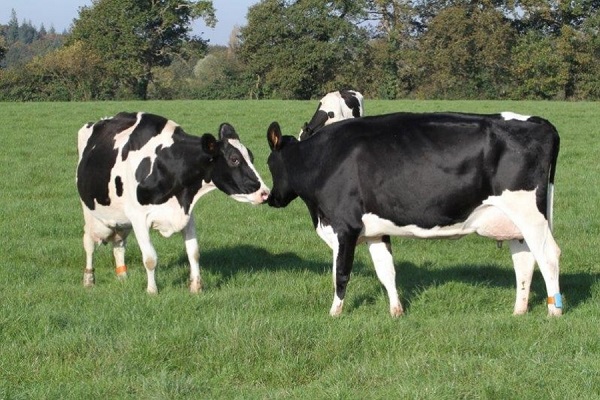
-
Geoffrey Joe wrote a new post 4 years, 12 months ago
Farmers mark their livestock for many reasons, including to show or prove that they own the animal. In larger herds, marking helps the farmer to tell one animal apart from another. Marking is also part of record […]
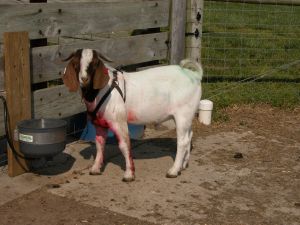
-
Geoffrey Joe wrote a new post 4 years, 12 months ago
Factors that affect egg size are a sequenced relationship of firstly the breed potential followed by the lighting programme, both during the rearing period and when coming into lay. It is only well into lay t […]
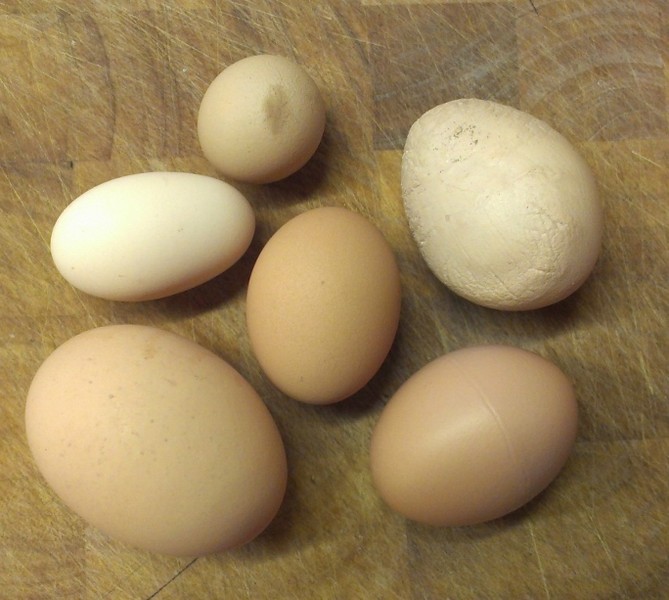
-
Geoffrey Joe wrote a new post 4 years, 12 months ago
There are no general rules about dosing lambs that can be applied everywhere. Local conditions vary widely and even the situation on a specific farm can change from year to year, depending on the climate. What […]

-
Geoffrey Joe wrote a new post 5 years ago
The common rabbit pinworm (called Passalurus ambiguus) is an intestinal parasite. It does not cause a serious health threat and often live unnoticed in rabbits, but it can cause uncomfortable itching and skin in […]
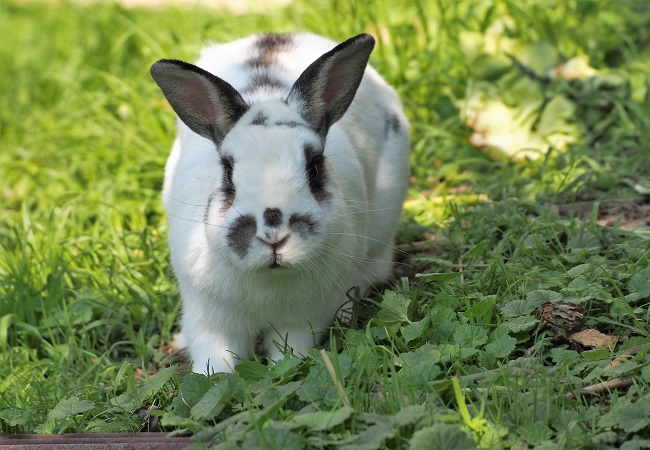
-
Geoffrey Joe wrote a new post 5 years ago
Ruminants are animals that have a four-part stomach and can digest the fibre (mainly cellulose) in plants. These parts are called the rumen, reticulum, omasum and abomasum. The large rumen makes up about 80% o […]

-
Geoffrey Joe wrote a new post 5 years ago
The need for castration is varies and is based on the management needs of the farm and preference of the market place. Ram lambs grow faster and have better body composition than wether lambs, and when ram lambs […]

-
Geoffrey Joe wrote a new post 5 years ago
Cows will start to cycle about 6 weeks after calving when they’ll should show the typical heat signs. The main ones are mounting other cows and standing to be mounted themselves, roaring, and walking around a l […]

-
Geoffrey Joe wrote a new post 5 years ago
Allow the birds to use up their energy in an enclosed outside run. This will keep the birds busy and allow them to peck greens, ground and insects instead of other birds.
Give the birds a large handful of fresh […]
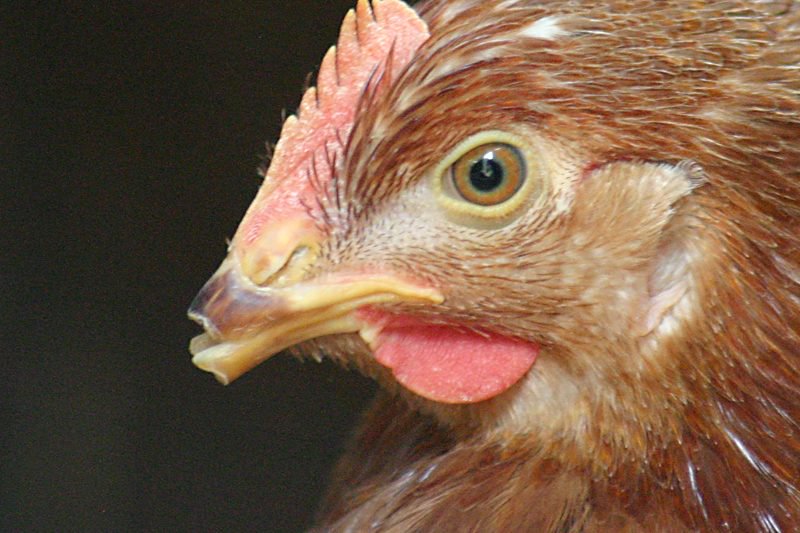
-
Geoffrey Joe wrote a new post 5 years ago
Neutering a male rabbit means removing its testes, while the equivalent procedure in a female is called spaying – the removal of the reproductive organs. Either way, it is a routine procedure that your vet can p […]

-
Geoffrey Joe wrote a new post 5 years ago
Reproductive failure can be defined as either sterility or infertility. Sterility occurs when there is a permanent problem preventing kid production, while infertility, or temporary sterility, is the inability to […]
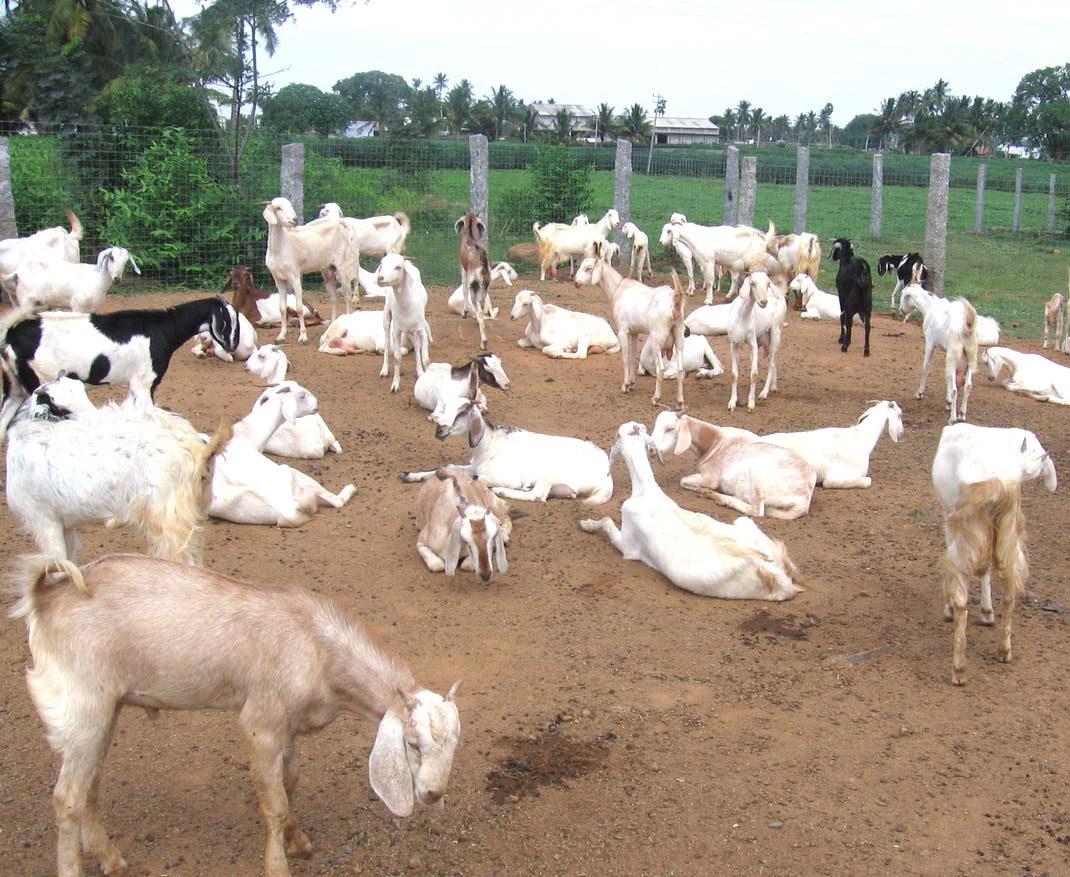
-
Geoffrey Joe wrote a new post 5 years ago
Rabbits are herbivorous animals. This means they eat plants. The rabbit’s diet consists of grasses, leaves, tree barks, and even roots. They’re known to eat veggies like lettuce and cabbage, as well as grains, see […]
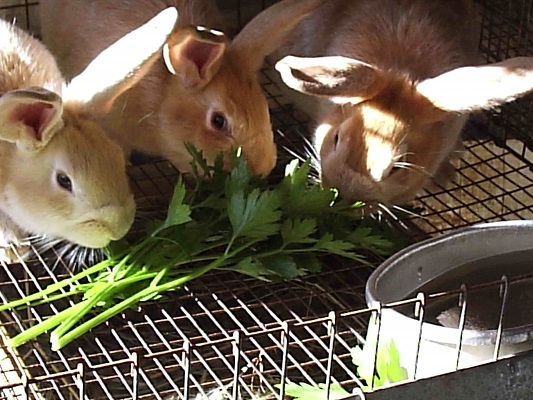
-
Geoffrey Joe wrote a new post 5 years ago
The area must remain dry and have good ventilation, but no excessive draughts. The ideal temperature range for weaners between 17°C and 25°C. Avoid a temperature below 15°C and above 30°C.
Build a raised bas […]

-
Geoffrey Joe wrote a new post 5 years ago
Cannibalism in poultry is simply one bird eating part or the whole of another bird as food. This is not pleasant and every farm must try to prevent this situation. Cannibalism in poultry is usually caused by one o […]
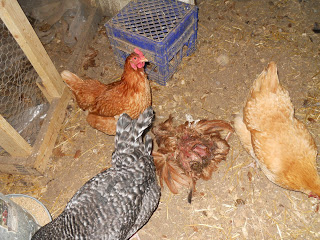
-
Geoffrey Joe wrote a new post 5 years ago
The sight of bloody calf scours is a disturbing one, but the condition is not always fatal. Pinpointing the cause of scours through diagnostics is the best approach to effective treatment, and prevention of future […]
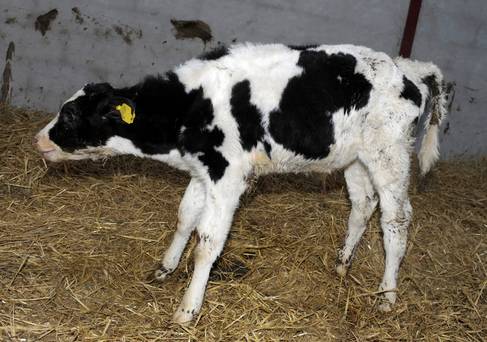
-
Geoffrey Joe wrote a new post 5 years ago
Pregnancy indicates a potential increase in the stock of farm animals. This, in most cases, is a delight of the farmer. Detecting pregnancy or estimating the gestation periods of your farm animals are things the […]
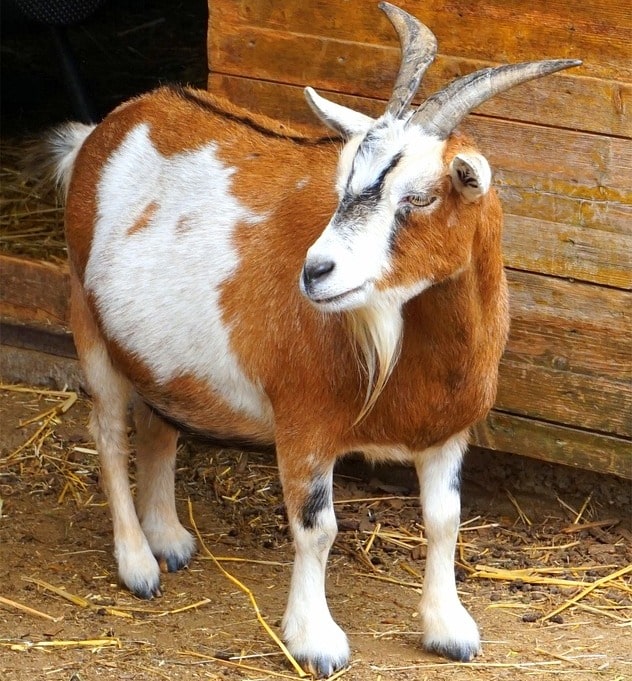
-
Geoffrey Joe wrote a new post 5 years ago
Understand the disease
Commonly found in the gut of warm-blooded animals, E. coli comprises rod-shaped bacteria and can be both a primary and a secondary pathogen, but you’re likely to deal with E. coli as […]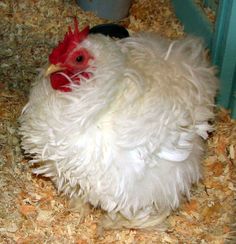
- Load More
